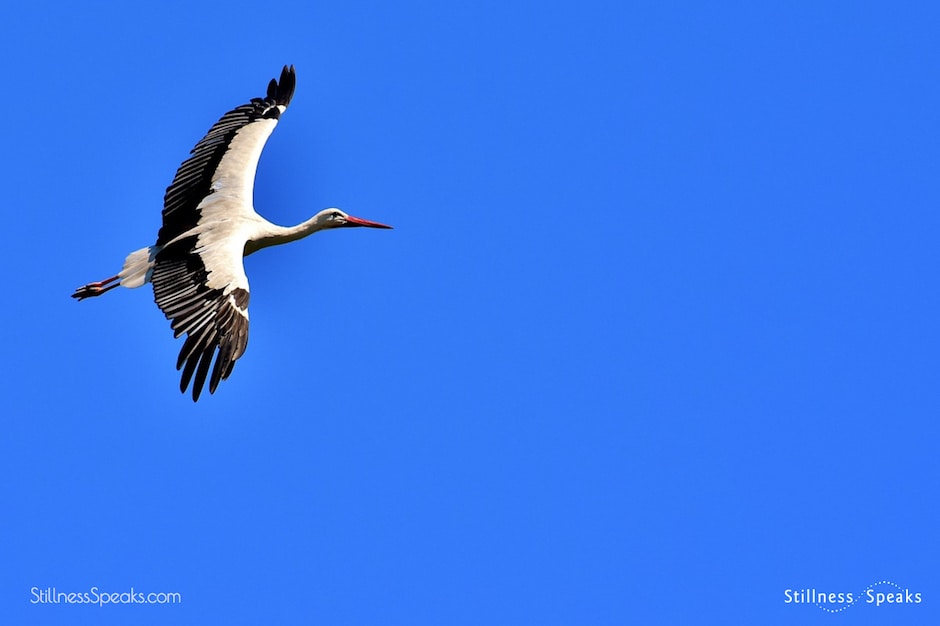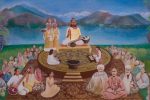“The nature of this yogi and the external world become one; they are experienced as being completely united, one with the other.” ~ John Hughes
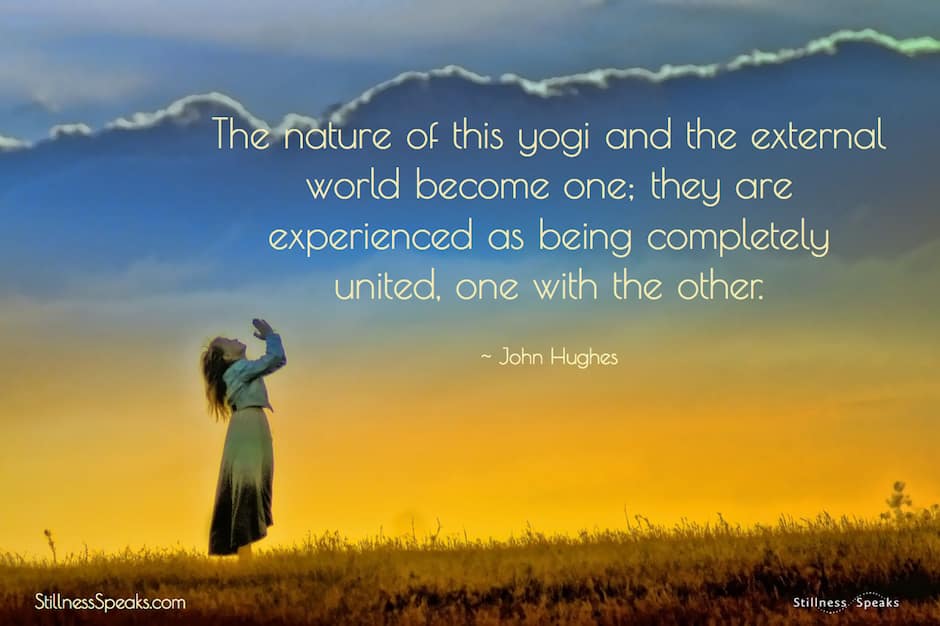
John Hughes’ article Moksha in Kashmir Shaivism introduces the extraordinary soteriology of Kashmir Shaivism. Moksha is commonly translated in English as spiritual “liberation” or “freedom.” Although most Indian traditions teach liberation as the “end all and be all of spiritual life,” each tradition has its own understanding of what moksha means and offers varying ways to “achieve” it.
This third and final post in our series explores the Moksha (or liberation) experience. All italicized text is taken from Hughes’ article Moksha (liberation) in Kashmir Shaivism which is available as a FREE PDF download generously given to us by the Lakshmanjoo Academy. If you missed it, click here to read Part 1 and Part 2 of our series.
According to tenth century Kashmiri mystic, Abhinavagupta … “Moksha only exists when your ‘being’ becomes absolutely independent.”
What is this “independence” which is the necessary condition of moksha? It is complete unbridled freedom: “freedom to will, freedom to know, freedom to do… According to Abhinavagupta, a yogi can only be said to be liberated when he possesses this absolute independence.”
For this complete independence to exist, nothing must limit or overshadow Universal consciousness. The “yogi must experience the same state of Universal consciousness, the same independence, in the external world as he does in the mystical absorption of the shāmbhāva state”
Until a yogi attains this state of absolute freedom, he or she has not attained moksha or true liberation.
“Swami Lakshmanjoo in discussing the supreme mystical absorption of shāmbhāva explains how the yogi’s internal mystical trance becomes fused with and transforms his external experience. He tells us that this process begins when the yogi experiences the state of internal mystical awareness, i.e., when he is relishing the fullness of his God consciousness. At that moment, he is pulled out into the world of external experience. His eyes open and he experiences the world, but this external experience is different. This external experience is now filled with the oneness of Universal consciousness.”
Swami Lakshmanjoo is a “direct descendant in the unbroken chain of this oral tradition.”
“Everywhere he looks, whatever he sees is filled with God consciousness. Then again his eyes close and he is drawn inside. And then again, after a few moments he is drawn outside and opens his eyes experiencing the world filled with the oneness of God.”
“The yogi cannot stop this process. Even though he may try to stop this process he cannot. This process of going from inside to outside, back inside, and again outside is automatic and continues for some time.”
To clarify this astounding process, Swami Lakshmanjoo states that the yogi’s inner and outer worlds are fused in the oneness of Universal God consciousness.
“The nature of this yogi and the external world become one; they are experienced as being completely united, one with the other. There is absolutely no difference between them. This process of krama–mudrā—resulting in the absolute oneness of God consciousness and the external world—is the state of absolute independence. The yogi, in this state, experiences that the internal world of mystical trance and the external world are absolutely the same. This independence and absolute oneness gives rise to the state of jagadānanda (Universal bliss).”
For more details and in-depth presentation be sure to download the FREE PDF of John Hughes article.
Click here to read Part 1 of this Kashmir Shaivism series … and here is Part 2.
John Hughes is a the editor in chief at the Lakshmanjoo Academy. In 1997, he associated himself with a non-profit the Universal Shaiva Fellowship, an organization dedicated to the preservation and publication of Swami Lakshmanjoo’s revelations of these ancient Kashmir Shaiva texts. By 1979, he had published two books from these ancient manuscripts, Shiva Sutras: The Supreme Awakening and Kashmir Shaivism: The Secret Supreme.”
John is also the project leader for the editing and publication of an important new series entitled “Light on the Tantra of Kashmir Shaivism, the Tantrāloka of Abhinavagupta.” Please vist the Lakshmanjoo Academy for John’s full BIO.
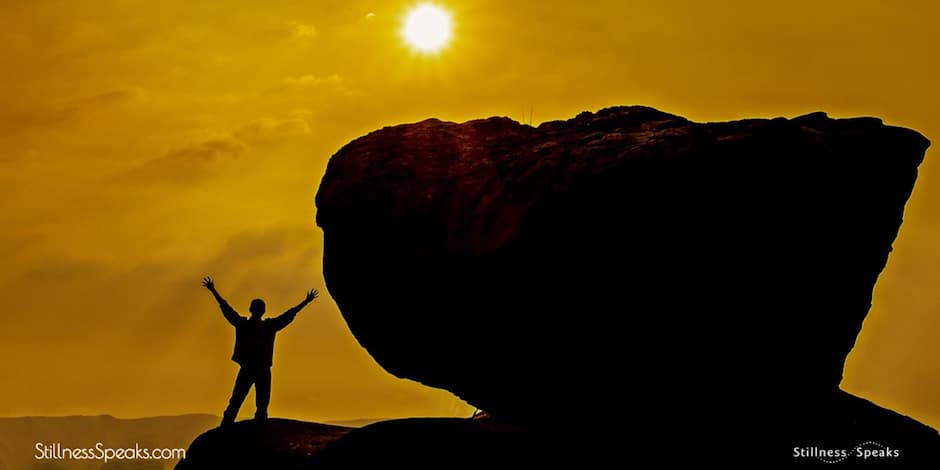
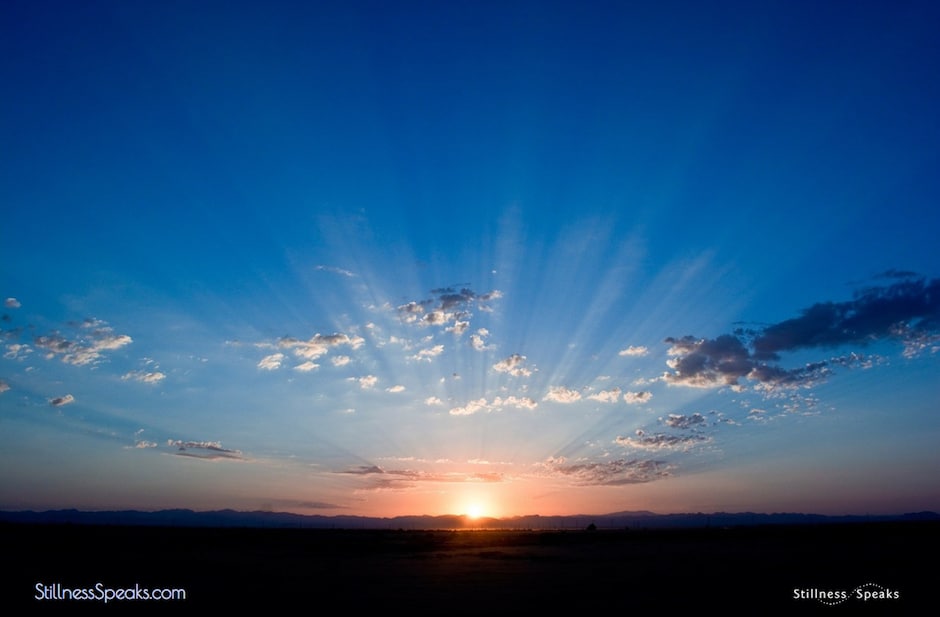
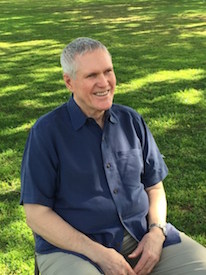 John Hughes
John Hughes
